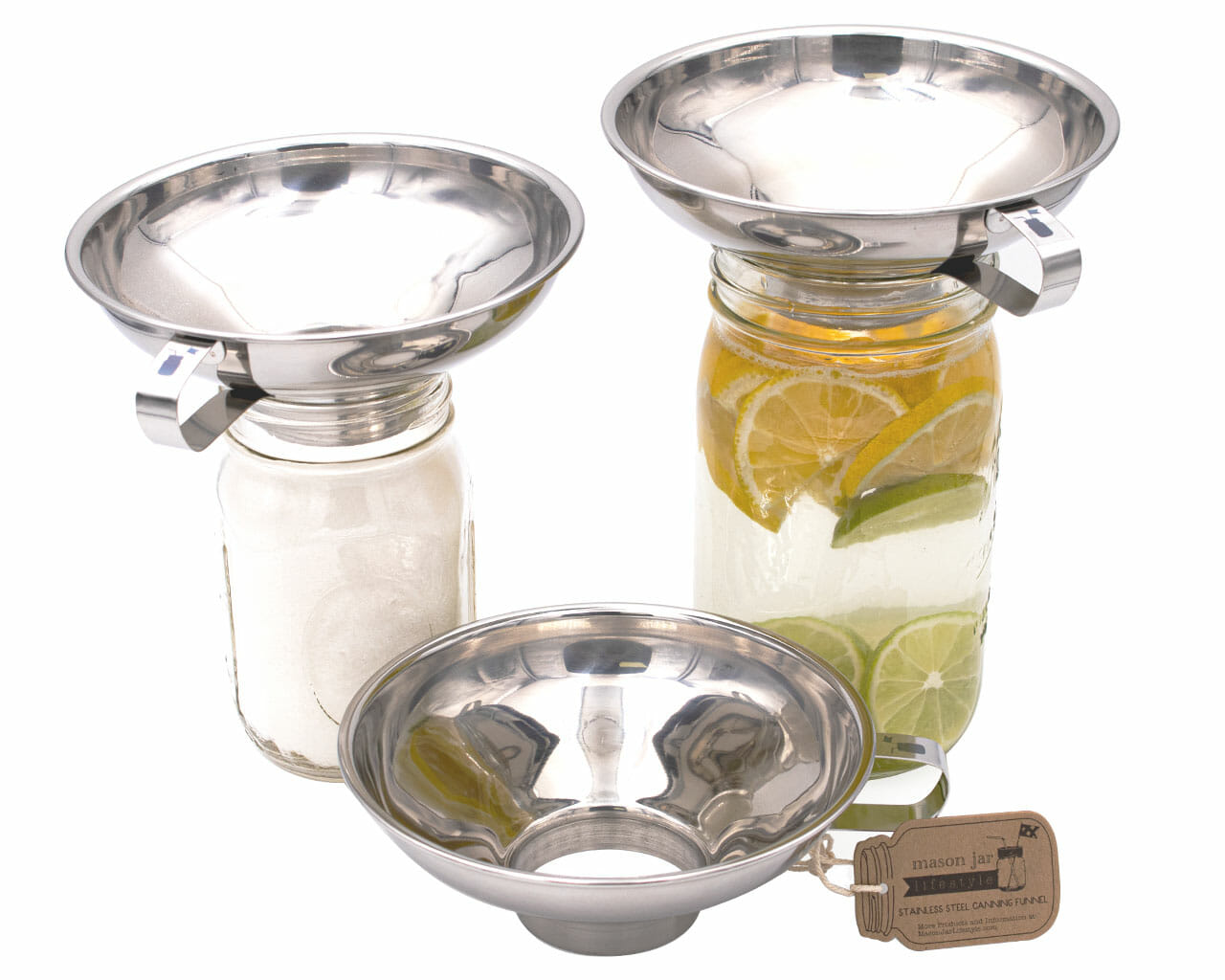How to Make a Black Cohosh Tincture at Home
I'd heard about black cohosh for years but assumed it was one of those "women's herbs" that required mysterious knowledge to use safely. Then I started researching traditional plant preparations and discovered that making a black cohosh tincture is actually straightforward, though it requires respect for both the plant's potency and proper dosing guidelines.
Black cohosh (Actaea racemosa) is a perennial herb native to North America that has been used traditionally by Indigenous communities and herbalists primarily for women's health support, particularly during menopause and menstrual cycles. The plant's tall flowering stalks make it recognizable in gardens, but it's the roots and rhizomes that contain the compounds used in herbal preparations. A tincture preserves these compounds in alcohol, creating a shelf-stable preparation that can last for years when made properly.
Is This Project For Me?
If you're interested in traditional women's health remedies and want to make your own preparations from quality ingredients, this could be suitable for you. You want control over the source and preparation of your herbal remedies rather than relying on commercial products of unknown quality. This works if you can source quality black cohosh root and understand the importance of proper dosing with potent herbs. You'll need high-proof alcohol and basic tincture-making equipment. However, this herb requires careful consideration - black cohosh can interact with medications and isn't appropriate for everyone. If you're committed to learning about herbal preparations responsibly and consulting healthcare providers when appropriate, this belongs in your herbal education. Check out the free printable Tinctures and Uses Quick Guide below.
Get The Labels
Stop squinting at faded handwriting trying to remember what's in that amber bottle. These professional tincture labels keep your herbal preparations organized and safe with dedicated spaces for herb name, preparation ratio, menstruum type, start and strain dates, dosage guidelines, and batch tracking - no more mystery bottles or guessing games when you need to know exactly what you made and when you made it.
Disclosure
Some links on FiberMaiden are affiliate links. When you click and purchase, I may earn a small commission at no extra cost to you. I partner only with brands and tools I trust and use in my own kitchen, studio, and garden. Your support means a lot.
Disclaimer
I share what I use in my own home apothecary so you can learn and get inspired. This is education, not medical advice. Everyone’s body is different, especially with allergies, medications, children, and pregnancy. Patch test, start small, and talk with your doctor.
Get 3 Free Recipe Sheets
Ready for recipes that don't require a culinary degree to follow? Get seasonal recipe sheets designed for real kitchens and busy lives, the kind that work even when your kids are asking for snacks mid-prep.
Troubleshooting and Safety
Tincture not extracting properly: Black cohosh root should be chopped or powdered to increase surface area for extraction. Whole pieces won't release compounds effectively. Use at least 80-proof alcohol and maintain proper plant-to-alcohol ratios for adequate extraction.
Unclear dosing guidance: This is critically important with black cohosh, as it's a potent herb that can cause side effects. Standard doses are typically very small - often just a few drops to a dropperful. Never guess at dosing with strong herbs like this one.
Potential liver concerns: Black cohosh has been associated with rare cases of liver problems in some individuals. Anyone with liver conditions or taking medications that affect the liver should absolutely consult healthcare providers before using black cohosh preparations.
Medication interactions: Black cohosh can interact with hormone medications, blood pressure medications, and other drugs. This isn't optional consultation territory - it's essential to discuss with healthcare providers if you take any medications.
Pregnancy and breastfeeding safety: Black cohosh is generally not recommended during pregnancy or breastfeeding due to its hormonal effects. This is another area where professional guidance is necessary rather than optional.
Quality and identification concerns: Misidentified plants or poor quality roots can create safety issues. Source black cohosh root only from reputable suppliers who can verify plant identity and quality. Never harvest wild plants unless you're completely certain of identification.
Frequently Asked Questions
Tinctures & Uses (Printable)
One-page reference for common tinctures. Educational only. Not medical advice.
| Tincture | Common uses | Simple notes |
|---|---|---|
| Ginger | Nausea, motion discomfort, digestion | 30–60 drops in water as needed |
| Peppermint | Gas, cramping, tension | 20–40 drops; avoid with reflux |
| Chamomile | Calm, sleep, tummy upset | 30–60 drops; gentle |
| Lemon balm | Stress, focus, viruses | 30–60 drops; calming |
| Echinacea | Immune support at onset | 30–60 drops every 2–3 hours day 1–2 |
| Elderberry | Immune support, seasonal | 30–60 drops 2–3× daily |
| Valerian | Sleep, restlessness | 20–40 drops; can be sedating |
| Skullcap | Nerves, muscle tension | 20–40 drops 2–3× daily |
| Hawthorn | Heart tonic, circulation | 30–60 drops with meals |
| Milk thistle | Liver support | 30–60 drops 2–3× daily |
| Turmeric | Inflammation support | 30–60 drops with fat and pepper |
| Calendula | Lymph, skin support | 30–60 drops 2–3× daily |
| Dandelion root | Digestion, liver | 30–60 drops before meals |
| Motherwort | Stressy heartbeat, calm | 20–40 drops; bitter |
| Ginger + Peppermint | Digestive discomfort, gas | 20–40 drops after meals |
Typical dosing assumes a 1:5 tincture. Adjust to your context. For education only.












